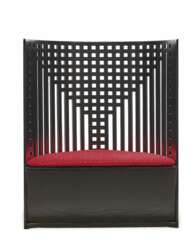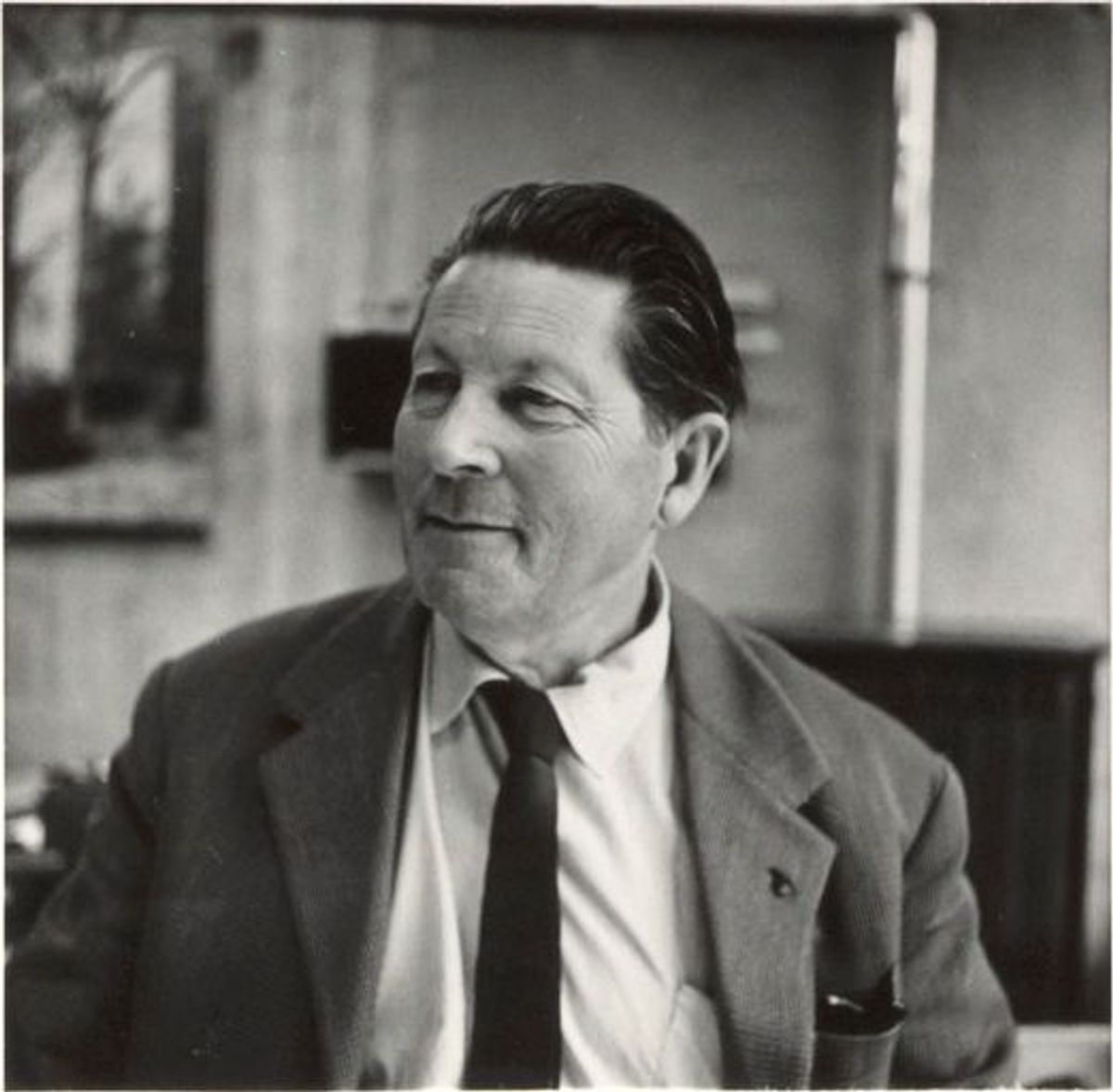
Art Nouveau Furniture and Furnishings — Fine art auction
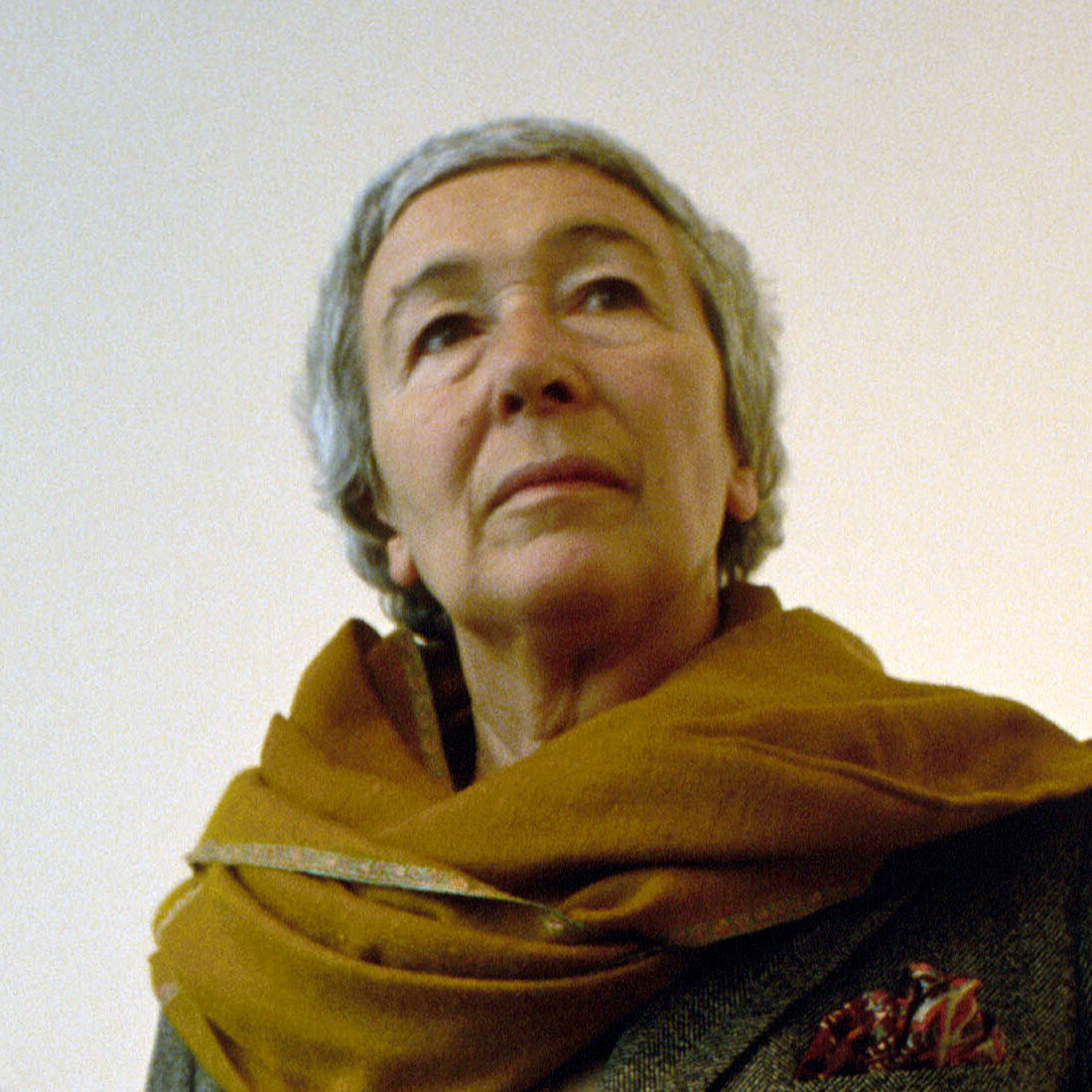
Gaetana (Gae) Aulenti was an Italian architect and designer who was active in furniture design, graphic design, stage design, lighting design, exhibition and interior design. She was known for her contributions to the design of important museums such as the Musée d'Orsay in Paris (in collaboration with ACT Architecture), the Contemporary Art Gallery at the Centre Pompidou in Paris, the restoration of Palazzo Grassi in Venice, and the Asian Art Museum of San Francisco (in collaboration with HOK Architects). Aulenti was one of only a few women architects and designers who gained notoriety in their own right during the post-war period in Italy, where Italian designers sought to make meaningful connections to production principles, and influenced culture far beyond Italy. This avant-garde design movement blossomed into an entirely new type of architecture and design, one full of imaginary utopias leaving standardization to the past.

Gaetana (Gae) Aulenti was an Italian architect and designer who was active in furniture design, graphic design, stage design, lighting design, exhibition and interior design. She was known for her contributions to the design of important museums such as the Musée d'Orsay in Paris (in collaboration with ACT Architecture), the Contemporary Art Gallery at the Centre Pompidou in Paris, the restoration of Palazzo Grassi in Venice, and the Asian Art Museum of San Francisco (in collaboration with HOK Architects). Aulenti was one of only a few women architects and designers who gained notoriety in their own right during the post-war period in Italy, where Italian designers sought to make meaningful connections to production principles, and influenced culture far beyond Italy. This avant-garde design movement blossomed into an entirely new type of architecture and design, one full of imaginary utopias leaving standardization to the past.
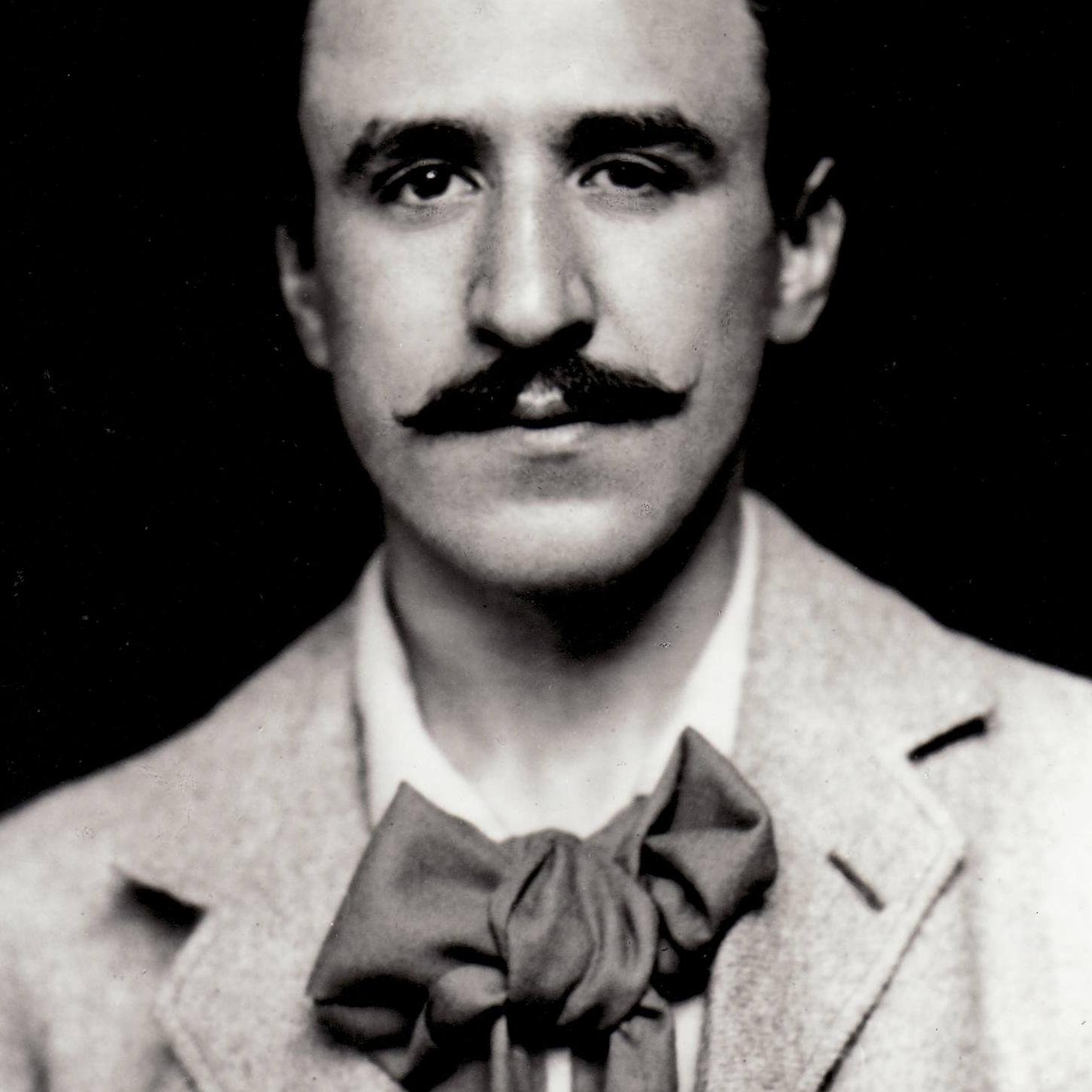
Charles Rennie Mackintosh was a prominent Scottish artist, architect and designer who had a major influence on the development of modernism and global art in the early twentieth century. He was the founder and head of the Glasgow School of Art.
Charles Rennie Mackintosh's style was unique and recognisable. He created elegant and harmonious works reflecting influences from Japanese art, the Gothic style and abstract forms. His works included architectural designs, furniture, paintings, graphics and even decorative objects.
Mackintosh became known for his innovative approach to architecture and design. His buildings were characterised by their refined lines, geometric shapes and use of light and space. His work was an important contribution to the development of modernism and functionalism in architecture.
He was also famous for his ability to combine different materials and textures to create unique and aesthetically pleasing designs. Mackintosh was a master of minimalism and elegance, giving his works a unique style and character.

Charles Rennie Mackintosh was a prominent Scottish artist, architect and designer who had a major influence on the development of modernism and global art in the early twentieth century. He was the founder and head of the Glasgow School of Art.
Charles Rennie Mackintosh's style was unique and recognisable. He created elegant and harmonious works reflecting influences from Japanese art, the Gothic style and abstract forms. His works included architectural designs, furniture, paintings, graphics and even decorative objects.
Mackintosh became known for his innovative approach to architecture and design. His buildings were characterised by their refined lines, geometric shapes and use of light and space. His work was an important contribution to the development of modernism and functionalism in architecture.
He was also famous for his ability to combine different materials and textures to create unique and aesthetically pleasing designs. Mackintosh was a master of minimalism and elegance, giving his works a unique style and character.
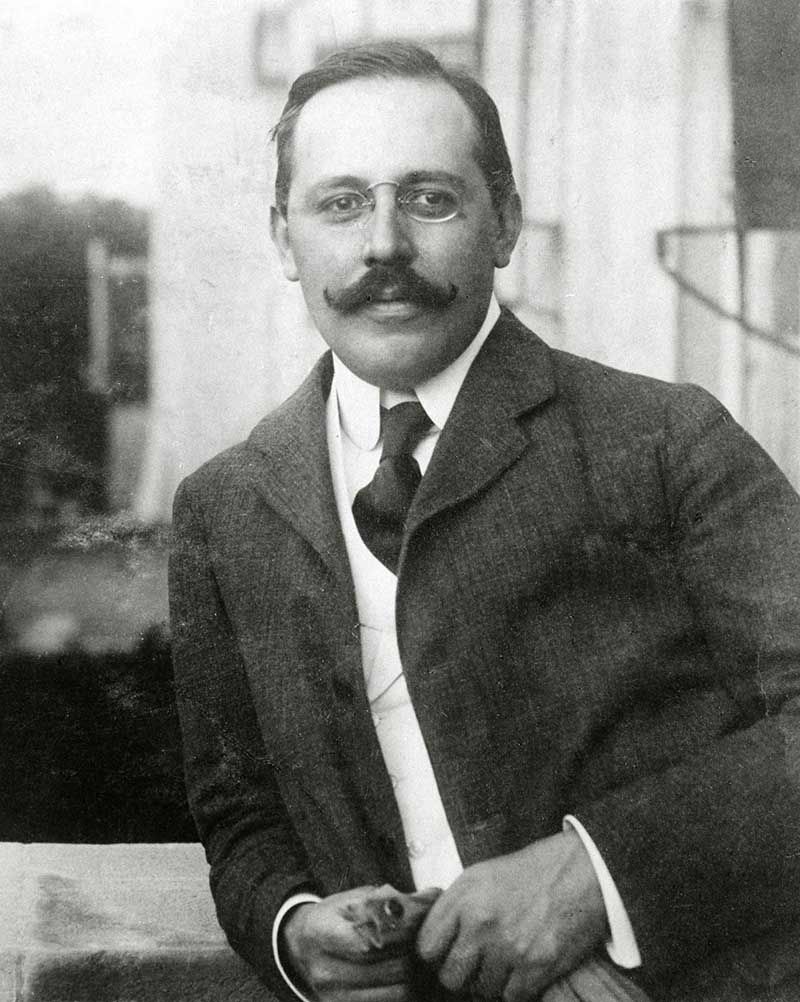
Josef Hoffmann, an Austrian architect and designer, is renowned for his influential contributions to early 20th-century design and architecture. As a founding member of the Vienna Secession and the Wiener Werkstätte, Josef Hoffmann's work is celebrated for its pioneering simplicity and functional elegance.
Josef Hoffmann's designs, which span furniture, decorative arts, and architecture, are distinguished by their minimalistic yet expressive style. His ability to blend aesthetics with functionality marked a significant departure from the ornate styles of the time, influencing modern design principles. Notable works include the Stoclet Palace in Brussels, a masterpiece that showcases his innovative approach to art and architecture.
His creations are preserved in prestigious museums worldwide, including the Museum of Modern Art (MoMA) and the Metropolitan Museum of Art, providing insight into his visionary approach to design. These institutions house collections of Hoffmann's furniture and decorative objects, reflecting his enduring impact on design and architecture.
For collectors and experts in art and antiques, Josef Hoffmann's work offers a study in the evolution of modern design. By subscribing to updates, enthusiasts can stay informed about exhibitions, sales, and academic research related to Josef Hoffmann, deepening their understanding of his contributions to the art and design world.
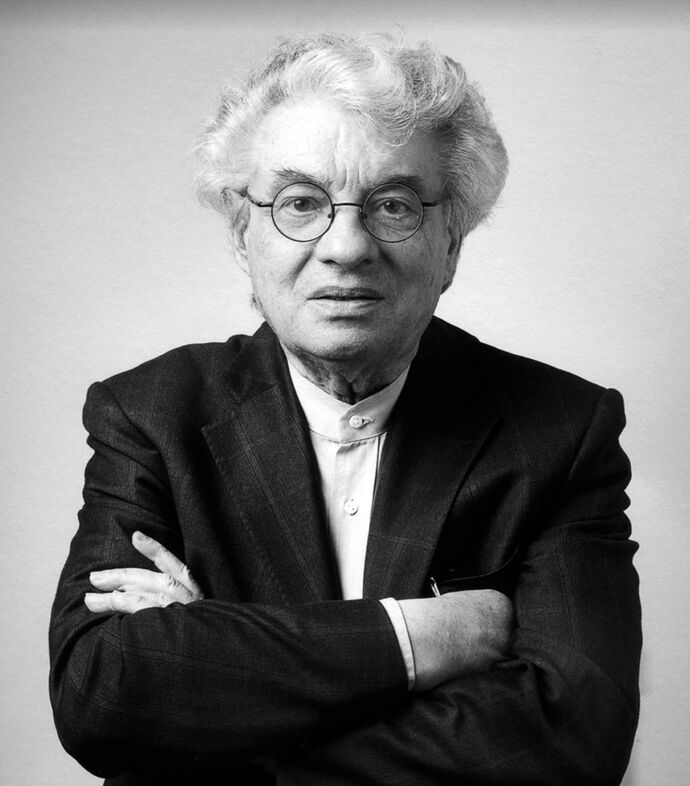
Mario Botta, a Swiss architect born in 1943, is celebrated for his profound contributions to contemporary architecture. His work is characterized by a robust geometric style and profound respect for historical context, often integrating modern elements with traditional designs. Botta's designs are known for their distinct use of brick and strong shapes, such as circles, squares, and triangles, which make his buildings instantly recognizable.
Among his notable projects are the San Francisco Museum of Modern Art and the Cathedral of the Resurrection in Evry, France. These structures exemplify his approach to blending new construction technologies with classical forms. The museum, in particular, showcases his ability to manipulate space and light, creating dynamic environments for displaying art. His buildings are not just structures but are often considered sculptural works that enhance their surroundings.
Mario Botta's influence extends beyond architecture into design and education, where he has mentored generations of architects. His work is displayed in numerous exhibitions worldwide and serves as a testament to the enduring power of integrating contemporary design with traditional elements. Collectors and experts in architecture appreciate Botta’s unique ability to transform ordinary spaces into extraordinary places.
For those interested in the innovative work of Mario Botta, consider signing up for updates on new project unveilings and auction events related to his creations. This subscription ensures you stay informed about the latest developments and opportunities to engage with Botta's influential designs.






